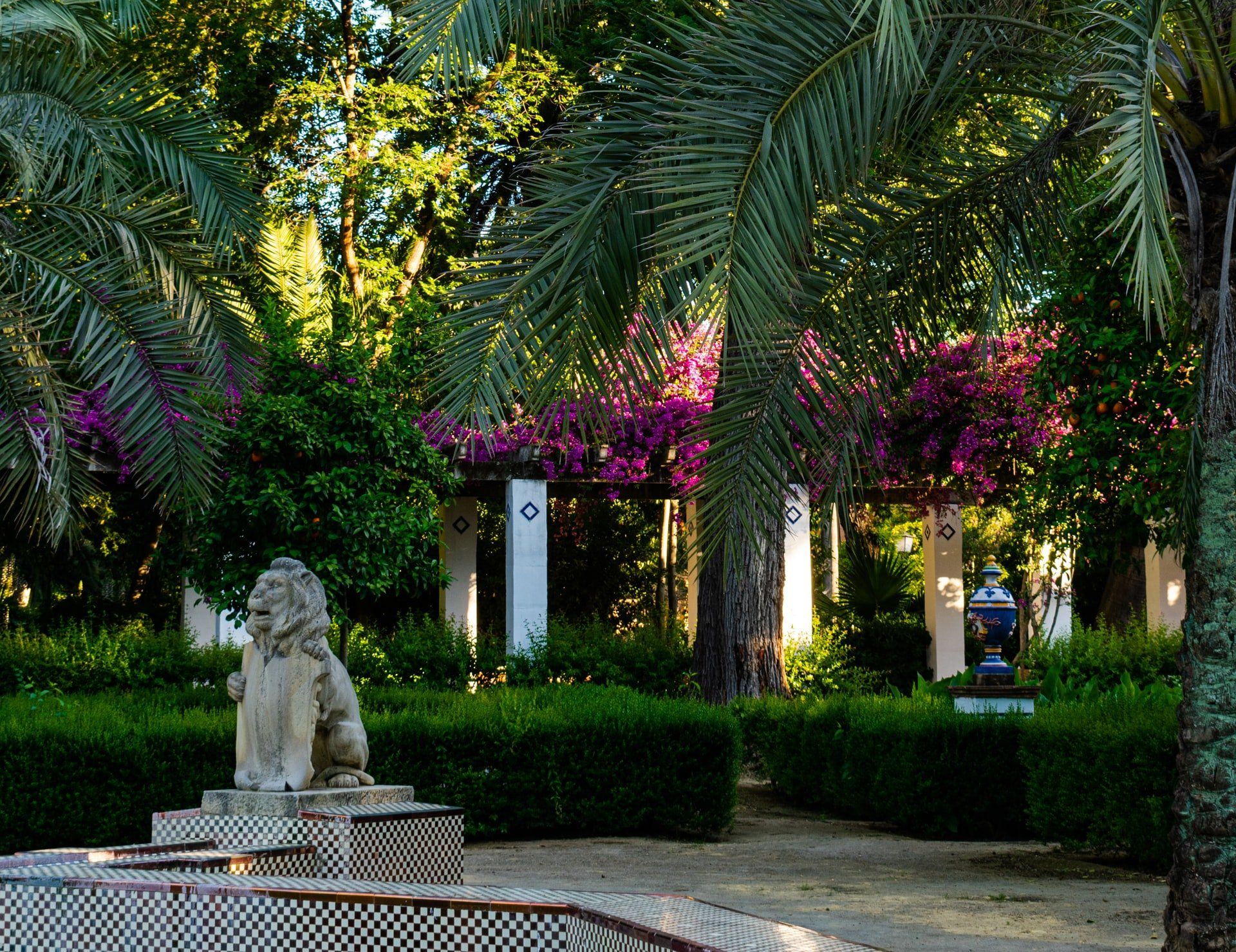The Arab Route
Andalusian
The wonderful Arabic remains have left a deep mark on Andalusia, which allows us to go back in time and enjoy the wonderful architecture, its sculptures, its reliefs and a particular and beautiful art that tells us of a time of splendor and grandeur .
We propose a route that will surely make you discover the most exuberant of Andalusian Arab history
Get to know the wonderful archaeological remains of the Andalusí culture
Seville
We start the Route in the emblematic city.
Cordova
Cordoba the great
Pomegranate
The Andalusian kingdom
The places to visit in Muslim Seville
- I will focus on Mudejar art since we look for everything related to Arab and Andalusian art, although you have to visit the entire Alcázar of Seville and not miss out on the great opportunity to contemplate that place.
- The Mudéjar Palace of Pedro I. Built next to the Gothic palace of Alfonso X on the initiative of King Pedro I, between 1356 and 1366, craftsmen from Toledo, Granada and Seville itself collaborated in its construction. Arabic epigraphy was used, since, from the 14th century, the Castilian monarchs stopped copying European trends to be inspired by Andalusian models. The interior of its structure has two nuclei, one dedicated to official life located around the courtyard of the Doncellas, and another to the private one around the courtyard of the Dolls.








































































































